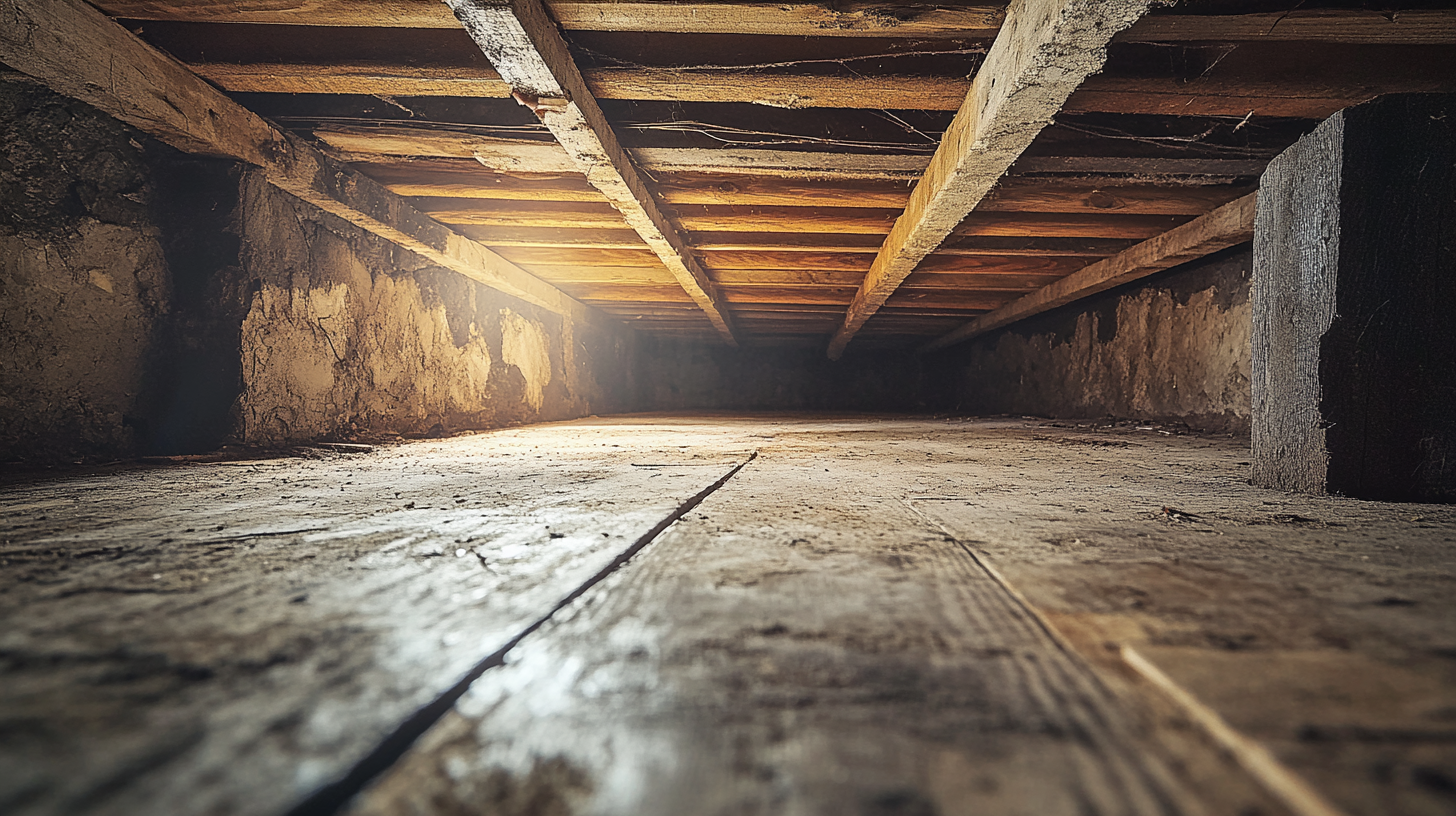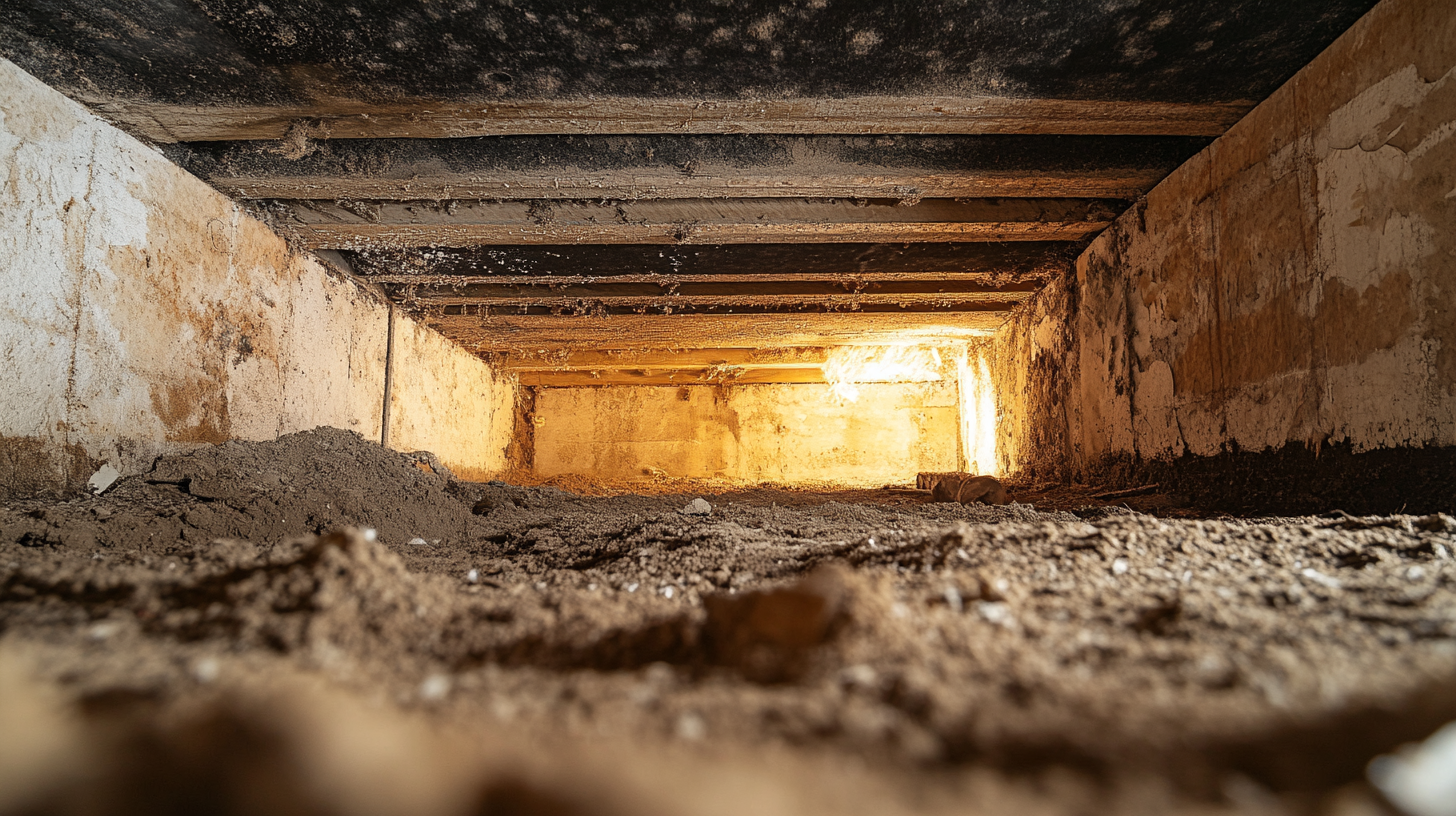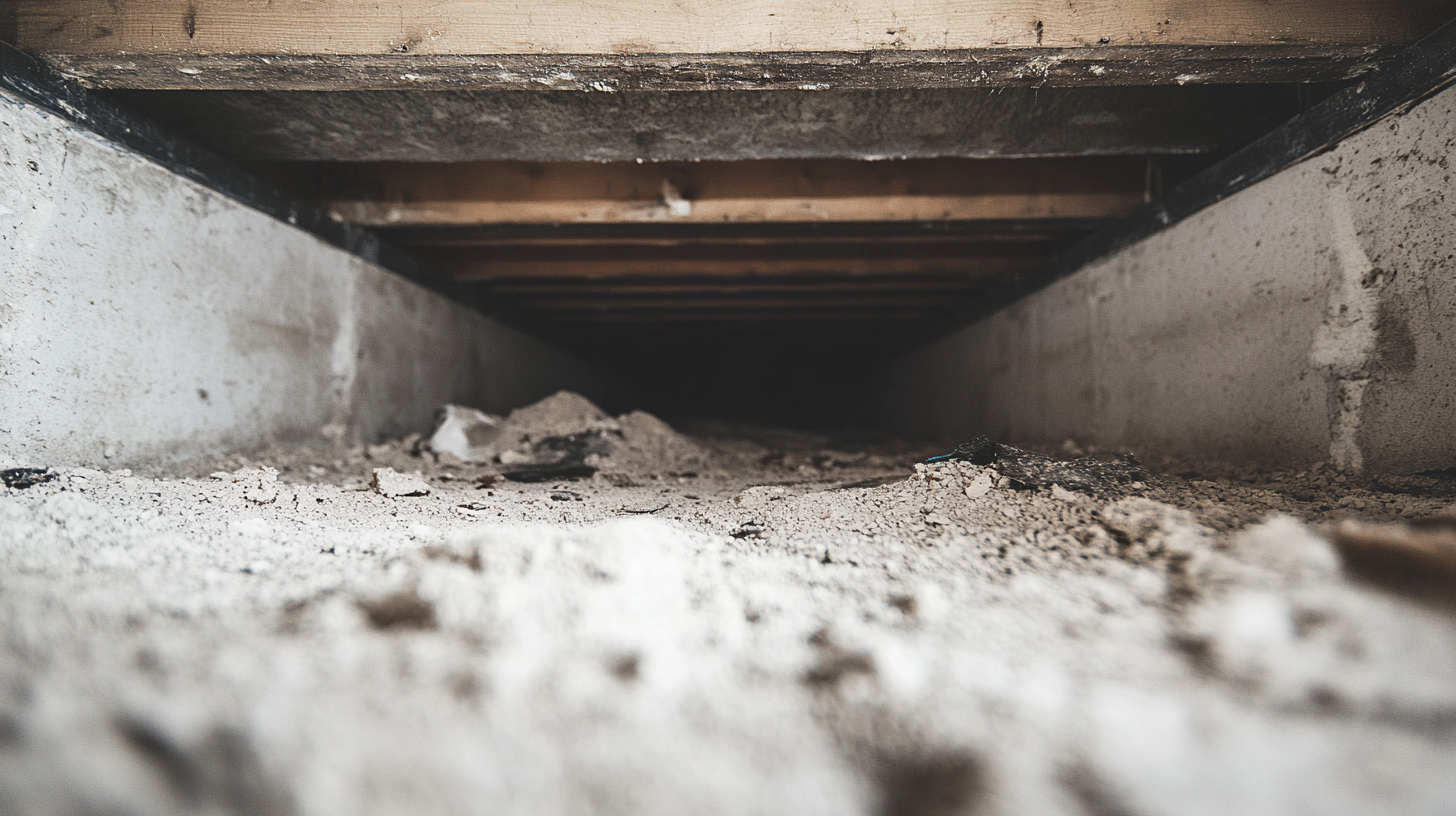Restore Your Floors: Pet Urine Stain Removal

Welcome to our blog dedicated to restoring your floors and tackling the persistent challenge of pet urine stains. As pet owners, we understand the frustration of dealing with these stubborn marks and the lingering odors they leave behind. In this comprehensive guide, we'll explore effective methods, DIY solutions, and professional treatments to help you say goodbye to unsightly pet urine stains and reclaim the beauty and freshness of your floors.
Understanding the Impact of Pet Urine on Your Floors
As pet owners, we cherish the love and companionship our furry friends bring into our lives, but it's essential to recognize the impact their accidents can have on our floors. Pet urine contains uric acid and other compounds that can wreak havoc on various flooring materials, including carpets, hardwood, laminate, tile, and more. When left untreated, pet urine can seep deep into the fibers or porous surfaces, causing stains, discoloration, and even structural damage.
The
acidic nature of pet urine can lead to chemical reactions with some flooring materials, causing permanent discoloration and weakening the integrity of the surface. For carpets, the liquid can penetrate the fibers and reach the carpet padding, promoting bacterial growth and resulting in persistent odors. On hardwood and laminate floors, urine can seep into the gaps between planks, leading to warping and buckling over time. Tile and grout lines can also trap urine, causing stains and unpleasant smells. Understanding the impact of pet urine on different types of flooring is the first step in effectively addressing the issue and implementing preventative measures to keep your floors looking their best for years to come.
Restoring Hardwood Floors After Pet Urine Damage
Pet urine damage on hardwood floors can be disheartening, but with the right approach, restoring their beauty is possible. The first step is to assess the extent of the damage. For fresh stains, act quickly and blot up the urine immediately to prevent further penetration. For old and dried stains, the restoration process may require more effort. Sanding down the affected areas can help remove the damaged wood and expose fresh, unaffected layers. However, this should be done cautiously, as excessive sanding can lead to uneven surfaces. Once the damaged wood is removed, consider using wood stain or filler to match the color and grain of the surrounding hardwood, creating a seamless appearance.
After addressing the damage, it's crucial to eliminate any lingering odors. Enzymatic cleaners designed specifically for pet urine can help break down the uric acid crystals and neutralize the odor effectively. Ensure the cleaner reaches deep into the wood to treat any hidden areas where the urine might have seeped. Allow the area to thoroughly dry before applying a protective finish. Depending on the severity of the damage, it may be necessary to refinish the entire floor to ensure a consistent look. By following these steps and dedicating time and effort, you can restore the natural beauty of your hardwood floors and create a welcoming environment for both you and your beloved pets.
Preventing Future Pet Urine Stains on Your Floors
Preventing future pet urine stains on your floors is not only essential for maintaining a clean and fresh living space but also for preserving the integrity of your flooring materials. One of the most effective ways to prevent accidents is through consistent and positive reinforcement training for your pets. By establishing a regular schedule for bathroom breaks and offering rewards for good behavior, you can significantly reduce the likelihood of accidents occurring indoors. Additionally, providing access to designated potty areas outside or using puppy pads in specific spots can help channel their natural instincts and prevent them from choosing your floors as their bathroom spot.
Keeping a watchful eye on your pets is crucial, especially during times of transition or when they might feel anxious or stressed. Changes in routine, new environments, or visitors can trigger accidents, so provide extra supervision and reassurance during these situations. When accidents do happen, clean them up promptly with enzymatic cleaners designed for pet urine removal. Regularly inspect and maintain your floors, addressing any spills or stains immediately to prevent them from becoming long-term issues. By implementing these preventative measures and maintaining a consistent cleaning routine, you can create a pet-friendly home environment where accidents become a rare occurrence, and your floors remain pristine for years to come.
FAQs
Contact Fast Response Cleaning & Restoration Today!
Fast Response Cleaning & Restoration will do everything we can to ensure your experience with us is excellent.
Request A FREE Estimate
Request A FREE Estimate Form
CHECKOUT RECENT POST



Have an Emergency? We're Here to Help!
When it comes to disaster cleanup, we are a seasoned veteran in the industry and have helped hundreds of property owners just like you.
Our disaster recovery teams are available 24-7 to quickly clean up and repair disasters of all types.
